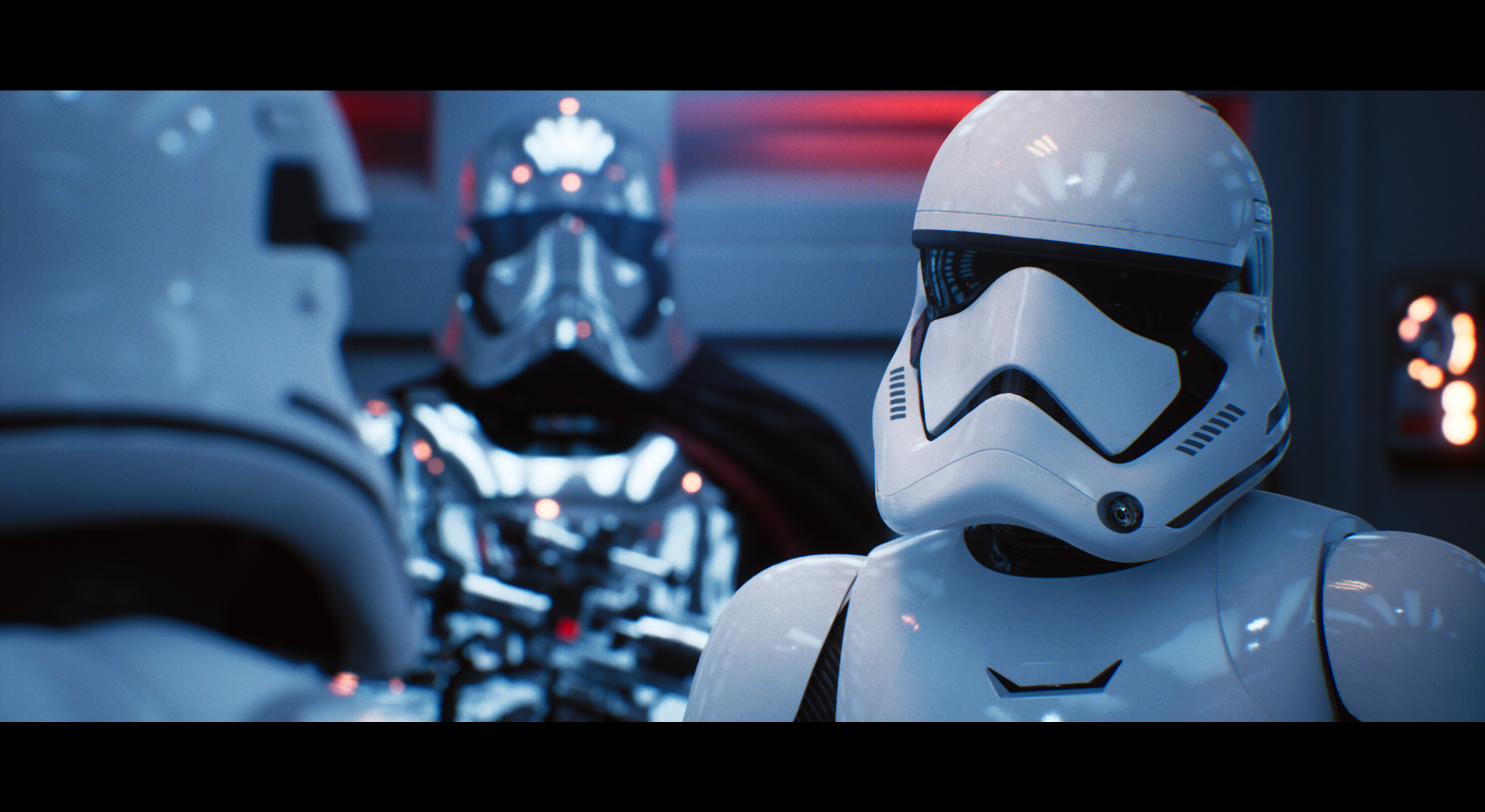Nvidia today gave a glimpse of what design visualisation might look like in the near future, introducing a new ‘cinematic quality’ ray trace rendering technology that can deliver ‘photoreal visualisations of massive 3D models in real time.’
The Nvidia RTX technology uses deep learning to help predict what images will look like and runs on Nvidia Volta GPUs, including the professional-focused Quadro GV100, also announced today.
Real time ray tracing has always been the holy grail of rendering, which is why Nvidia is calling this the biggest advance in computer graphics in 15 years.
Ray tracing has historically been slow, taking minutes or hours to render a single frame, so being able to get results in ‘real time’ promises to have a huge impact on worfklows in product development, design and architecture, as well as in movies and games, of course.
Ray tracing simulates the way light behaves in the real world. As the computational demands are huge, it has primarily been done offline, often in render farms.
Nvidia estimates that over 6 billion rendering hours take place every year with current ray tracing technology. “This is primarily all batch rendering based on CPUs, so the market potential for rendering is truly enormous, explains Sandeep Gupte, senior director for Nvidia’s Professional Solutions Group.
“We’re excited to bring this combination of GV100 and RTX technology to really make a dramatic impact on these workflows.”
Yet Nvidia RTX technology isn’t just about making current workflows faster: It’s about delivering interactive rendering inside the viewport, as Gupte explains.
“This has been always the desire of artists and designers when they are working on their projects, on their scenes,” he says. “If you can see the work you are doing with all the correct lighting and shading and reflections and so on, you can make so many decisions, so much faster.”
Current viewports in CAD and other 3D software rely on rasterisation, a rendering method that takes vector data and turns it into pixels (a raster image). It’s very fast, so it means huge models can be rendered instantly and manipulated smoothly, but in order to increase the realism in the viewport it has to fake real world effects like ambient occlusion.
Ray tracing, on the other hand, delivers physically-accurate results as it precisely simulates light and calculates how thousands of rays bounce off some objects and refract through others, thousands of times.
To suddenly go from a process that has historically taken minutes or hours to one that is ‘real time’ is an incredible leap.
The gaming focused demonstrations shown in the videos below are stunning, but we expect the quality inside the viewport of professional 3D software to sit somewhere between current rasterisers and full ray trace renderers when using accessible workstation hardware.
3D software developers will likely combine traditional raster techniques with select ray tracing techniques to deliver the required performance for typical end users.
Nvidia says RTX technology supports area shadows, glossy reflections and ambient occlusion.








